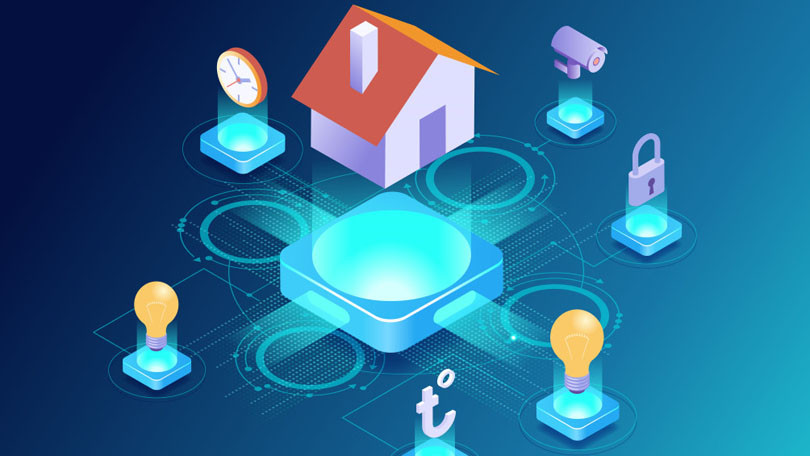If you are not familiar with the Internet of Things (IoT) you may be amazed at what it can do for you and your home. This complex system can make your life easier by leaps and bounds. IoT is a concept that people a couple of decades ago would have considered to be science fiction. It is amazing how far the technology of the world has come in such a brief period of time. We are living in the future, and the future will take over the world. We can either choose to embrace it or continue to look at it as a concept that will never actually be.
It is already here though. IoT can be hooked into your house, along with the proper equipment, and can run your home for you. There are six main sections, and one that may be needed, of this tech that you will need to go through to install it on your own.
Hardware
To hook up an IoT system you will need to have all the hardware to connect the system together. Below you will find a list, just keep in mind that they all need to be IoT compatible.
- Sensors
- Gateways
- Protocols
- Firmware
- Cloud and Databases
- Middleware
If you need a breakdown of all the hardware, or if it looks like gibberish to you, it would be a good idea to hire a professional that has installed the units before. If not, keep going.
Sensors
The number of sensors that you place is completely up to you. You can have temperature sensors, LUX, water, air, surveillance cameras, voice, sound, pressure, humidity, acceleration, infrared, vibrations, and ultrasonic. A complete smart house will have all these sensors which help the system control every aspect of your home.
Gateways
The gateway is a physical device that connects the sensors to the cloud. These are vital to connect what is in your home to the virtual location that will be the center of your system. Without them, the sensors would not be able to connect to the internet. If you do not already have a good service provider, now would be the time to get it hooked up. Check around to find the best service for you, using the iSelect internet comparison site to save you time and substantial amounts of effort.

Protocols
The protocols are data driven platforms that connect low-power IoT devices without the need of the internet. It is just another part of the system that is used to connect the pieces together.
Firmware
The IoT firmware is the program that instructs the computer hardware to act in a specified way. It connects the sensors with the computers, and it deciphers what needs to be done. Without firmware, you would have a system that cannot communicate with each other.
Cloud and Databases
The cloud is the massive database where all the magic is done. It is where all the IoT devices connect, communicate, and manage. The cloud is the brain of the system. Take a look into a Cloud VoIP Phone System for your business.
Middleware
Middleware is the software that connects the components and sensors that would not normally be able to communicate. This is not always needed in the system, but when it is the data will help make the system run smoothly.
Platform
There are several companies that you can use to hook up your system to the cloud. Without a connection to the IoT cloud you are dead in the water so do your research and choose the company that is best for you. Check them out online, talk to them online or over the phone, whatever you need to do to get a working relationship with them. Keep in mind that if you cannot get a hold of anyone at the company to get things set up, you will probably have a tough time getting ahold of anyone if something should go wrong. Choose wisely otherwise you may get stuck with a company that has no form of customer service.
Final Thoughts
This system seems complicated if you do not have a particularly good head for tech. Each component listed above is used to connect the system. The only one that may not be used would be the middleware, which is only needed if you have sensors or programs that would not normally be able to connect the system together.
The breakdown above is a simplified explanation. To go into detail would take an entire book. It is not something that cannot be done by you and your friends, but it is a system that you need to take your time doing. It is easier to go slow and do it right the first time, rather than having to track down an issue in the system once it is supposed to be up and running. If any of this seems foreign to you it will be better off hiring a professional, which will avoid the mess that could appear.






